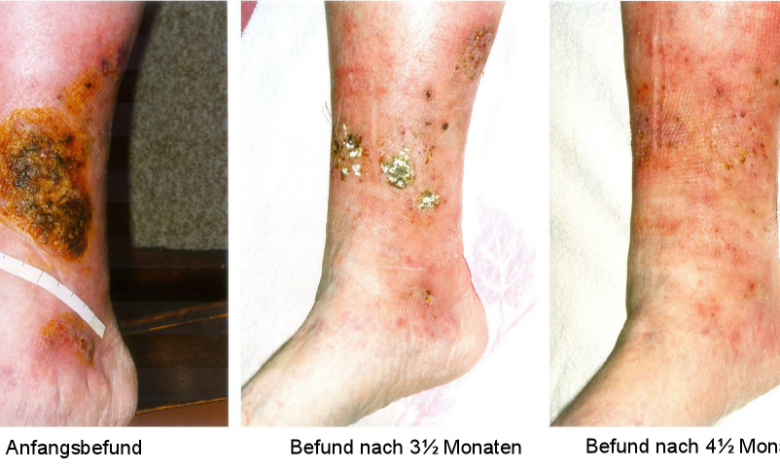How To Treat Unhealing Wounds

An injury is usually caused by blunt or sharp trauma that can damage skin, subcutaneous fat, muscles, nerves, and blood vessels. Usually, with time it heals, some take a few days, and others need more time, but there are times when it only doesn’t happen.
Scarring is the process by which the body repairs damaged tissue, such as a wound. It consists of four stages:
- Hemostasis, a process that seeks to stop the bleeding
- Scabbing to seal the wound
- Regeneration of elastic matrix, thinner and lighter skin that is observed when the crust is detached and
- The remodeling, where the definitive tissue is formed as close as possible to previously existed.
Why can a wound not heal?
Among the main reasons are:
- Systemic pathologies such as diabetes, collagen diseases, and foreign bodies such as fragments or glass pieces.
- Existence of arterial or venous vascular disease. This group of causes is the most relevant to be ruled out since there is a risk of progression and even necrosis or gangrene in the affected limb.
- Use of medications that delay the normal healing process (corticosteroids and immunosuppressants).
- They are being located in constant movement, supporting areas with moisture or less cellular tissue, such as the legs’ front.
- Age, which is a relevant factor since older patients usually present systemic pathologies that condition a lower capacity to heal, such as those previously mentioned.
Suppose you got an unhealing wound, or the process is slower than usual. In that case, the most critical risk is that it can become infected, and this can condition a systemic infection or one that increases in size and develops gangrene in the affected limb. This can lead to amputation of varying degrees depending on the site.
Areas of difficult healing
Some factors that make repair difficult and delay the process are friction and excessive moisture. For example, as can occur with injuries on joints, in the back, in the feet, in folds, or areas of friction. That is why it is advisable to cover the area with a gauze that absorbs the humidity, keeps the surface protected, and immobilizes the room, avoiding the skin’s distention.
Another complicated area is the extremities, especially the front of the legs. This is seen more frequently in older patients with circulatory problems since the less irrigation the affected area receives, the longer the recovery time.
As for the care required for a wound that takes a long time to heal, it is advisable to disinfect it with povidone in the morning and at night, apply a healing ointment and antiseptic, and then cover it with gauze to keep it protected from rubbing or the sun.
A wound that is slow to heal is a gateway to infection. These can be local, only affecting the area of the trauma, or becoming systemic, invading deeper soft tissues until ending up in a generalized picture, even in septicemia, which involves the whole body, with the risk of death. That is why it is essential to take the appropriate measures in time.
What to do to promote healing?
The fundamental thing is to carry out an excellent clinical evaluation of the person. Looking for medical antecedents like those mentioned previously, a critical physical examination to evaluate the presence of local factors that delay this process (presence of normal or diminished pulses), its location, the characteristics of the lesion, and the company of any clinical sign that suggests a local or systemic reason that prevents a normal cicatrization.
Once the cause has been determined, the necessary steps must be taken to correct or treat it and obtain the lesion’s healing in the shortest possible time with the least likely sequelae.






